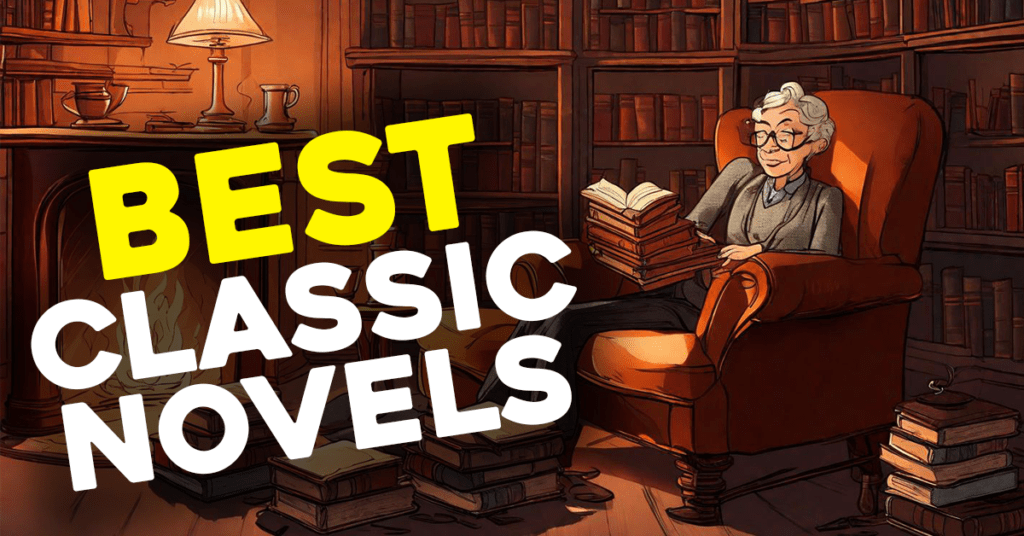Introduction
Activities for deeper understanding, active learning and student engagement in the educational process are very important. There is usually little exchange and the students listen (passively) to a lecture. Research has indicated that students retain and learn best through an active process of learning. Interactive learning experiences can turn the classroom into an active and vibrant space with students who are inspired to learn, work together in groups of peers, and use their new knowledge effectively. If you are an educator who wants to step up your game when it comes to your teaching methods or a student with the hope of finding out new and fun ways to learn, these resources will give some insight for sure. In this article I am going to look at 7 books that provide simple advice and any number of different ideas for creating engaging learning activities.

Books for Engaging Learning Activities
7 Awesome Interactive Learning Books These books get down to the nitty-gritty of what kids learn, and offer great resources for how they should be learning it.
1. “Teach Like a Pirate: Increase Student Engagement, Boost Your Creativity, and Transform Your Life as an Educator” by Dave Burgess
- Overview: The highly recommended book, Teach Like a Pirate is like gold for any educator wanting to bring creativity and passion into their instruction. In this video, Dave Burgess a veteran educator talks about Teaching Like A Pirate where he suggest the most important thing is to make learning engaging and not allow your students disengaged or sit passively in his classroom. The book is broken down into chapters by the PIRATE acronym: Passion, Immersion and Engage/Empathy (I bundled these two together), Rapport/Resourceful Ask Respectfully Analyze Actual Interactions/Tested Transformation/enhance casual curiosity Excitement of Community Engagement.
- Key Insights:
- Attention Hooks: Burgess presents the idea of “hooks” – engaging techniques created to make students want to learn more and participate in your lesson. These hooks might be a challenge question, an experiment or demonstration, an anecdote that ties in with the topic of the lesson.
- Active Learning: Students are included and not just the books but participants as well. Burgess offers tips on craft a lesson plan that cause students to move, think and create throughout the class.
- Rapport Building: The next piece of Burgess’s approach is Relationships. When teachers build trust and demonstrate authentic curiosity in students’ lives, they create an atmosphere where students are more comfortable to partake.
- Practical Application: Teachers can use these ideas from “Teach Like a Pirate” to create engaging lessons that are not only informative. Teachers can keep students engaged by adding their own attention grabbers and interactive features to incite students’ interest, outreach, and participation.
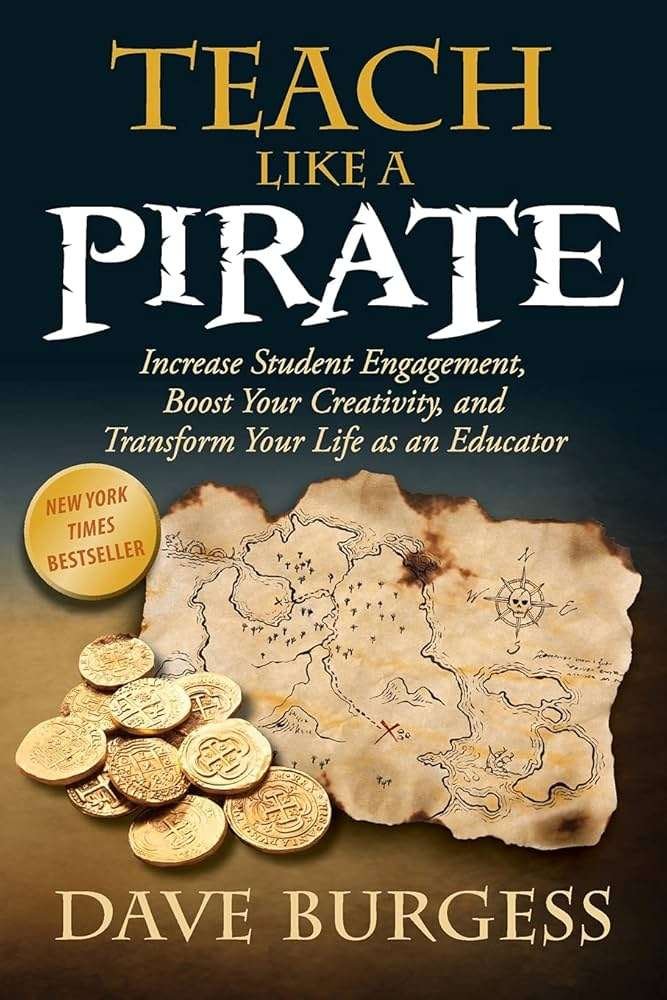
2. “The Art of Changing the Brain: Enriching Teaching by Exploring the Biology of Learning” by James E. Zull
- Overview: The second book is by James E. Zull which gives the reader a little bit of background on what happens in our brains when we learn and how it impacts teaching strategies. In her CogWorks presentation, Zull — a neuroscientist and educator whose expertise includes explaining how the brain functions and learns most effectively — gives tips on what educators can do to ensure activities they design fit with the way brains are naturally inclined to learn. Cover pic bookLearn Best by Brain asks whether one brain region could support a vast range of learning experiences and the answer is no, as different regions overlap with some kinds of learnining.
- Key Insights:
- The Neuroscience of Learning: Zull makes clear how the brain builds knowledge through sensory input, emotion engagement and cognitive processing. Over time, this knowledge could potentially allow educators create activities that activate specific regions of the brain so as to increase learning and retention.
- Applying the Science of Learning to Education: The book offers specific advice on how we might design a course and choose teaching practices that align with what science has discovered. For example, hands-on experiences help to build connections, reflection leads towards learning and a deeper connection between content with emotion.
- Making Meaning: The fifth chapter provides detailed advice on how to create meaningful experiences for students with Zull echoing the need to bring connections between content and learning into crystal clear focus. The more students can see how the new information relates to their prior knowledge and experiences, the higher chance they will connect with it enough that learning sticks.
- Practical Application: Zull’s ideas can be put into practice by educators to design activities that make learning more accessible and appealing. This knowledge of how the brain operates helps teachers to know what lessons are best for the way that students learn, and in doing so will improve test scores.
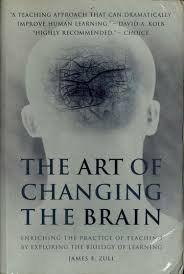
3. “Make It Stick: The Science of Successful Learning” by Peter C. Brown, Henry L. Roediger III, and Mark A. McDaniel
- Overview: Make It Stick is a wonderful marriage of cognitive psychology and daily world examples; an exploration by educators for the benefit of all — including those teachers! The book draws from the latest cognitive research on memory and presents evidence-informed tips for enhancing retention, recall, and comprehension. The book both dismantles many wrong ideas about learning and offers successive specific tools that can be used in the classroom but also outside.
- Key Insights:
- Active Retrieval: This is one of the fundamental strategies discussed in this book — active retrieval, which means routinely testing yourself on what you know as your learning. This is one of the best ways to check if knowledge has gone into long term memory or not as it requires students to actively recall and apply information rather than just recognize it.
- Interleaved Practice: Next, the paper talks about interleaving different subjects or types of problems within study sessions. This strengthens the link between different concepts and allows students to better apply their knowledge in multiple scenarios.
- Spacing Effect: The book emphasizes that cramming is not the way to go, and demonstrates how spacing out study sessions over time will aid in retention. Remaining students to go through over again their gaining material, making it insightful and also stick.
- Practical Application: instructors are able to plan for activities that implement the qualities of active retrieval, interleaved practice and spaced repetition in order bring more excitement into class while also fulfilling accomplishing better retention over time. The following strategies can be infused into lessons, assignments and assessments so to maximize the instruction that will help students learn more efficiently at a longer rate.
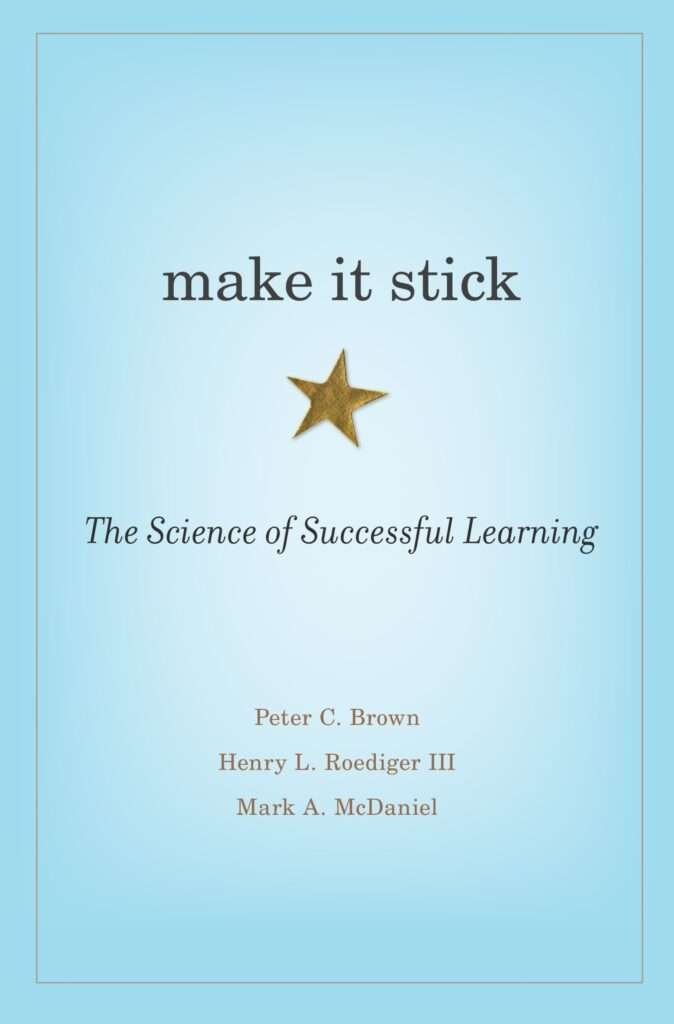
4. “The Highly Engaged Classroom” by Robert J. Marzano and Debra J. Pickering
- Overview: The Highly Engaged Classroom offers a complete compendium of classroom engagement frameworks, but for brevity lets just cover three such strategies from it here: Marzano and Pickering have synthesized decades of research into easily understood strategies that help teachers create a climate in which active involvement is the order of the day, small successes lead to bigger ones (and greater sustainable interest). The book is packed with evidence-based practices to draw children into learning, keep them hooked and help foster love for it.
- Key Insights:
- Relevance: The authors look at the issue of which external material triggers student attention and interest, as well as variety in use, novelty used to make emotional impact on their lesson. By understanding these factors, educators can develop lessons that are more likely to grab and hold student attention.
- Interactive Techniques: The book offers multiple interactive techniques (e.g., cooperative learning, discussion formats, hands-on activities) that help move students from passive listener to engaged learners with more meaningful experiences. Such strategies help to make the students involved and active, they get a chance to interact with material; work together with peers, thus does their share.
- Choice and Autonomy: Marzano & Pickering note that students appreciate having a choice in their learning. You can increase engagement and motivation by giving students choices around the topics they study, activities to complete, or how you may assess them.
- Practical Application: Applying the strategies noted in “The Highly Engaged Classroom” teachers can establish an environment that engages students through dynamic networks and roles of involvement with their learning. Through interactive methods, allowing students choice over the options and by making instruction more interesting or relevant, teaching can help improve student attendance in higher-quality learning.
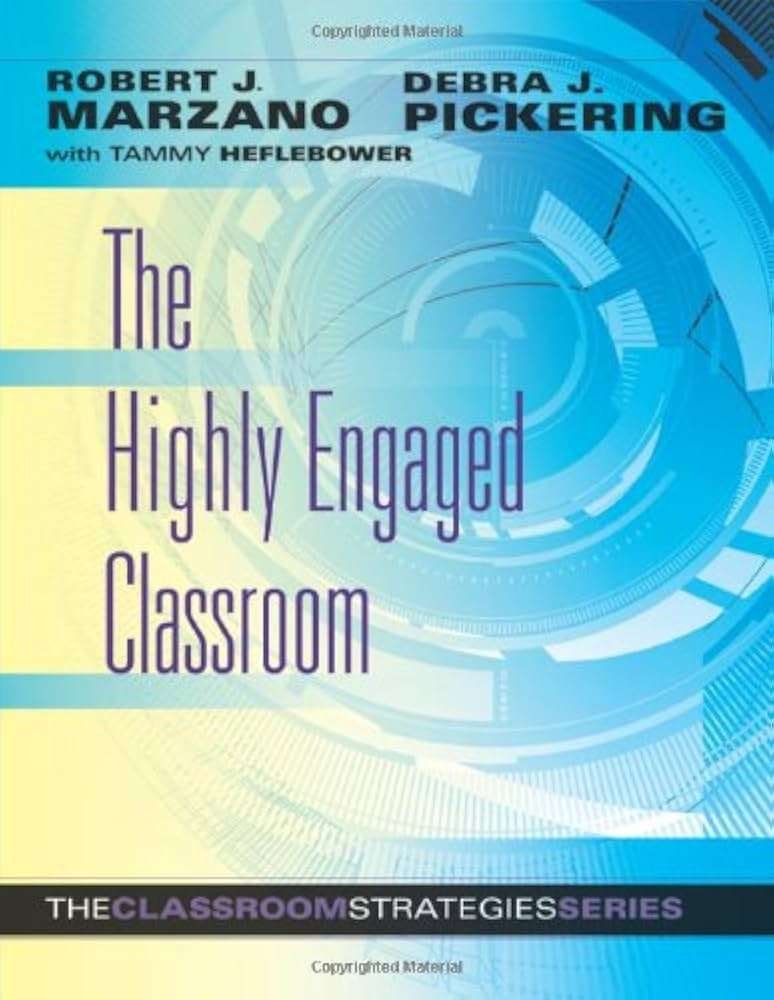
5. “Mindstorms: Children, Computers, and Powerful Ideas” by Seymour Papert
- Overview: The basic argument offered by Seymour Papert in the book “Mindstorms” is a seminal work dealing with computing, technology and learning. One of the pioneers in educational technology, Papert coins the term “constructionism,” a learning theory based on constructivist ideas that emphasizes education as an activity — and most spectactularly so when it’s not attended by systematic instruction but partaken through “hands-on” creativity. Papert posited that students learn better when they are actively involved in the design and execution of something be it a computer program, a physical model or an artwork.
- Key Insights:
- Learning by Doing: Papert posits that the minds of students operate at their peak when involved in the construction activities tangible to knowledge-oriented learningUIAlertAction style. Unlike the traditional concept of passive learning, where students are force-fed information.
- The technology as a tool: This book shows us that we must do our best to invest on technologies to pursue engaging and learning activities, therefore creating experiments popular problems integrated in creativity. Computers as vehicles for exploration and experimentation, that allow the student to enter into a self-directed learning environment.
- Constructionism: This is an idea developed by Papert who suggested that “construction of knowledge” is most effective when the learner actively engages in developing a product. Finally, this approach is consistently demanding of the students to think conceptually and problem solve in relevant authentic contexts.
- Practical Application: Teachers and students can use the ideas from ‘Mindstorms’ to infuse technology into their learning process leading towards creativity, experience & understanding through making real hardware projects. Students have the ability to participate in authentic learning activities driven beyond instruction of content by way of coding, robotics or other technology based projects.
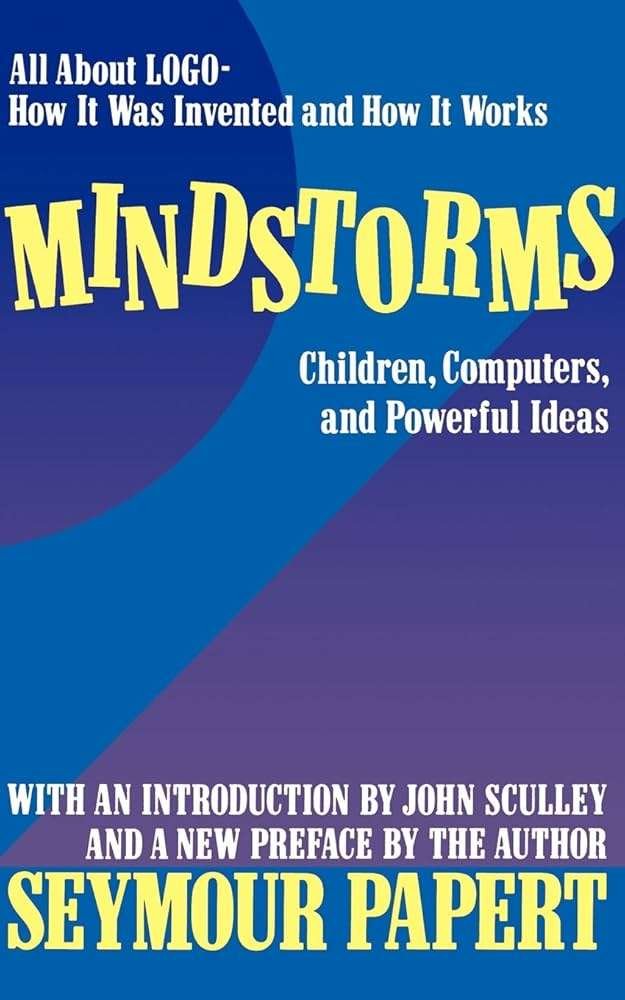
6. “Visible Learning for Teachers: Maximizing Impact on Learning” by John Hattie
- Overview: Written by John Hattie—a coauthor of the 2011 book Visible Learning for Teachers: Maximizing Impact on Learning (2009) and a researcher who over two decades conducted an extensive meta-analysis in order to discover the most effective teaching strategies that can enhance learning, this teacher resource demonstrates how educators around the world are deciding their own professional growth. It gives you ideas for the most effective teaching practice as well as how to establish them in your classroom. Hattie contends that learning needs to be visible — both for the teacher and also, importantly, for the student; he stresses not only that teachers need feedback on their teaching practices but also more lived experiences of how it impacts students.
- Key Insights:
- Feedback and Evaluation: As a part of learning, Hattie stresses the necessity for feedback that is timely and precise. Feedback enlightens students as to how they are doing, where they need to work on and encourages them which leads towards guide student engagement. It offers a highly informative guide for feedback that improves learning (great advice!
- Classroom/lab activity guided: The book advocates uses of peer-interaction in the form discussions, group work and student-student teaching. These activities lead to increased interest and enable participants to learn useful critical thinking, communication, team skills.
- Visible Learning Techniques: In this tip, Hattie talks about the effectiveness of making learning objects and processes accessible for students. Establishing clear goals, tracking your progress and acknowledg experience-oriented may be essential to an engaging learning environment — ImportAI Grant (ItYOT) December the achievements are ways in which educators could.
- Practical Application: Teachers can leverage the tools of Visible Learning for Teachers to plan activities that engage our students AND improve their learning. Focusing on feedback, both peer and teacher driven collaboration (including that between student/teachers) as well as visibility of learning can help increase student engagement while enabling deeper learnings.
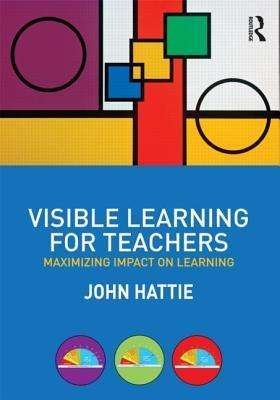
7. “Project-Based Learning: Real Questions. Real Answers. How to Unpack PBL and Inquiry” by Ross Cooper and Erin Murphy
- Overview: A practical guide to apply Project-Based Learning (PBL) in the classroom. We also learn about the step-by-step processes involved in planning, creating and even checking PBL activities that put students to work solving issues at a deep level of inquiry. PBL is learner-driven and empowers students to investigate authentic problems, then create products that show their mastery of the material.
- Key Insights:
- PBL is student-centered learning: it revolves around students and their inquiry, as they investigate real-world problems to design solutions that make visible their understandings. As a result, students are no longer passive learners but active producers of their own knowledge with real-world applications.
- Social Awareness and Critical Thinking: The book underlines the necessity for acquiring social awareness and critical thinking through Project Based Learning. Students work together on real-world problems, interpret data and present results which creates a more meaningful experience for the student.
- Real-World Connections Image: PBL often ensures the work being done is grounded in real-world application, so that students can see its relevance and potential importance. Educators can boost student motivation and engagement by linking classroom lessons to everyday experiences.
- Practical Application: Educators can apply the practices in this book to introduce PBL into their classrooms and deliver content while engaging with structured, real-world challenges — a win-win for (almost) everyone. They engage students in critical thinking, collaboration and applications of knowledge to real-world situations; essentially making learning more authentic.

Why We Need This? | Engaging Learning Activities
Fun learning activities are important to building a love of learning and helping students stay engaged in their education. Engaging students not only helps them better absorb and retain information, but also nurtures critical thinking competencies as well as future applications of the learned knowledge in practical scenarios. Students can be particularly apathetic and not yield a deep understanding of the subject with traditional, passive-style learning methods. Including fun activities to the syllabus will make the learning process more interactive and enjoyable, suitable for all learners with styles of lerning regardless which type they are.
How It Can Benefit Us? | Engaging Learning Activities
There are many advantages to providing engaging learning activities:
- Better Retention: Activities a student engages in tend to be more memorable because they involve active, hands-on participation and often appeal to multiple senses. Active participation of students in learning ensures that the knowledge gets internalized and more recalled at need.
- Increased Critical Thinking: Activities that engage students in truly thinking, problem-solving tasks move them past rote memorization to deeper understanding and higher levels of analysis. They are often considered high cognitive activities as students need to take what they know and apply it in new, complex ways (higher order thinking).
- Increased Motivation: Interactive, enjoyable learning motivates students to engage and take control of their educational journey — translates into greater academic success. In fact, engaging activities help students to relate learning to the real world and thus have a personal interest in what they do.
- Cooperation and Communication: Participation in group work (either through collaborative or cooperative learning activities) encourages students to develop both of these skills, among the most important they learn in an academic setting before applying them at job. Students are able to engage in wordplay, learn from one another and share different perspectives via the use of peer collaboration.
- Creativity: The wide range of engaging activities can be easily adapted for differentiated instruction, meeting various learning needs by providing multiple points and modalities for demonstrating understanding. This flexibility guarantees that all students (from the collegial student to ell or specially designed instruction, tutti) can participate and find in it what they need.

How Books Can Help in This Case? | Engaging Learning Activities
Handbook of Engagement and the Learning SciencesBooks focused on activities that spark engagement can act as critical resources for both teachers, students
- Creative Ideas: In these books you will find creative ideas and methods to make learning interactive making educators design lessons implementing the attention of students. They offer inspiration… new activities, and perspectives that can liven up any curriculum.
- Research Based: As I said, the vast majority of these books are based on classroom research that is being done daily in education — meaning it’s been tested and shown to make a difference for student learning. Not accompanied by statistical tests, but teachers can rest easy with all of these methods as it shows that they actually work!
- Different Practical Implementation: In books, there are guides that could guide you how to take activities as per the knowledge mentioned in book so educators can be able for taking these ideas into a real-world context. This guidance has equipped educators with actionable steps to address common barriers and incorporate appealing enrichment in their coursework.
- Versatility: The approaches and methods shared in these books, can easily be transferred to any subject/grade level/context. Elementary school or college-level, professors can add their twist to fit the course best.
- Teachers Professional Development: Teachers can get ideas to update their teaching methods and keep pace with what is new in the education field. These books provide insights that help educators to further develop as they continue in their profession affording students a better quality of education.
Conclusion | Engaging Learning Activities
Engaging learning activities are an essential component of a dynamic and effective online or hybrid environment in which students feel both inspired to participate, creating meaning through the application knowledge. The whooping 7 books listed in this article will fill your pockets with innovative ideas, strategies and insights which can be used by the teachers to bring more interactivity into their teaching styles. Educators can use the principles and activities from these books in their classrooms to create a more meaningful, inclusive (and no doubt happier) learning experience for our students. Whether you want to promote creativity, collaboration or understanding these books give the tools necessary for learning that is life-giving.
FAQs | Engaging Learning Activities
- What are engaging learning activities?
Engaging learning activities are interactive, student-centered tasks that involve active participation, creativity, and critical thinking. These activities make learning more interesting and effective by involving students in hands-on, collaborative, and inquiry-based experiences. - How can I incorporate engaging activities into my teaching?
Start by understanding your students’ interests and learning styles, then select activities that align with the lesson objectives and encourage active participation. Books like “Teach Like a Pirate” and “The Highly Engaged Classroom” offer practical strategies for incorporating engaging activities into your teaching. - Why is student engagement important in learning?
Student engagement is crucial because it leads to better retention of information, higher motivation, and a deeper understanding of the material. Engaged students are more likely to participate actively, think critically, and apply what they’ve learned in real-world situations. - Can engaging learning activities be used in all subjects?
Yes, engaging learning activities can be adapted for use in any subject area. Whether you’re teaching math, science, language arts, or social studies, there are strategies and activities available that can make learning more interactive and enjoyable. - How do engaging activities benefit diverse learners?
Engaging activities often allow for differentiation, providing multiple entry points and ways for students to engage with the material. This makes it easier to meet the needs of diverse learners, including those with different learning styles, abilities, and interests.
Check Out The Sources
Check Out More

